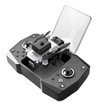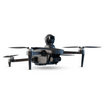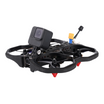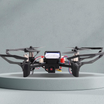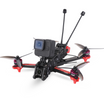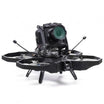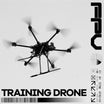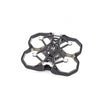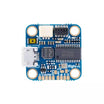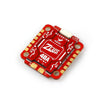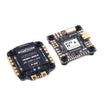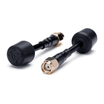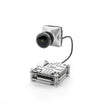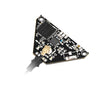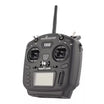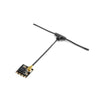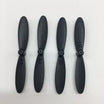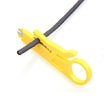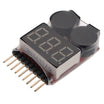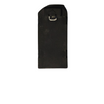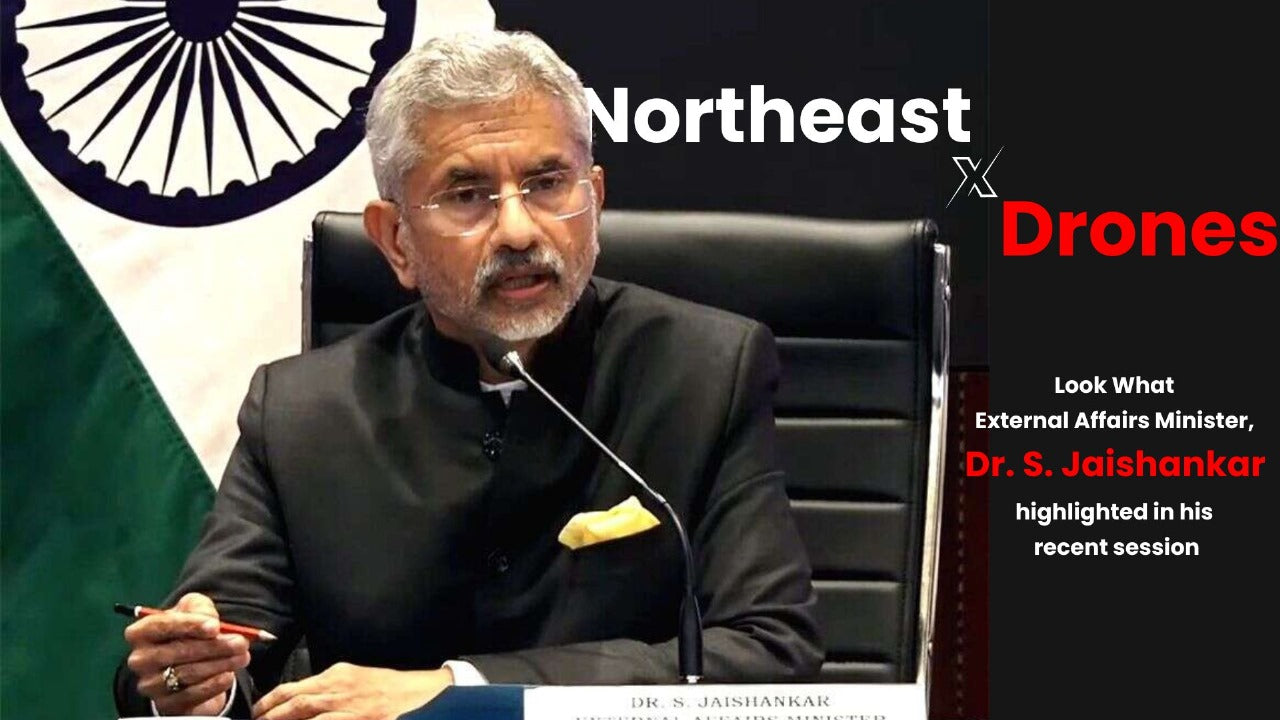Introduction
Drones have become very popular these days for fun and work. But as more drones are being used, people are worried about how they might affect pets. Studies show that flying drones around animals can make them act differently and get stressed out because of the noise and looks of the drones. To make sure drones and pets can live together happily, we need to follow some responsible rules. The increasing prevalence of drone usage has raised valid concerns about the potential impact on our beloved animal companions. Recent research has revealed that the mere presence of these unmanned aerial vehicles can induce behavioral changes and elevated heart rates in animals, suggesting heightened levels of stress triggered by the unfamiliar sights and sounds associated with drones. As technology continues to advance and drones become more integrated into various aspects of our daily lives, it is imperative that we strike a balance, ensuring the well-being of our furry friends while harnessing the benefits of this innovative technology. By adopting a responsible and considerate approach, adhering to established guidelines, and prioritizing the comfort and safety of both pets and drones, we can pave the way for a harmonious coexistence in our shared environments.
Understanding the Dangers
While drones are useful, they can scare pets. The strange sounds and looks of these flying machines can make pets feel afraid, angry, or want to run away. Drones could also accidentally hit or crash into pets. To avoid these risks, we must be very careful when using drones around pets. Even though drones provide many benefits, their unfamiliar appearance and noise can trigger instinctive responses in animals like fear, aggression or a desire to flee. There is also the potential for collisions between drones and pets, which could harm both. Therefore, it is essential to approach operating drones in the vicinity of pets with extreme caution and consideration in order to mitigate these risks and ensure the safety of all involved.
Responsible Drone Use
- Follow the Rules: Learn about the local laws for flying drones. These rules keep everyone safe and prevent problems.
- Be Ethical: If you want to use drones for animal research, get approval first. This makes sure you don't disturb the animals too much.
- Use Expert Pilots: Have experienced people fly the drones around pets. They can avoid scaring the animals and don't need to fly for too long.
- Choose Quiet, Small Drones: Drones that are small and quiet are less likely to startle or scare pets and other animals.
- Keep Distance: Always start and land the drone at least 100 meters (328 feet) away from pets. This gives a safe space between them.
- Fly Carefully: Don't fly directly at animals, as it might seem like a predator coming at them. Instead, fly in gentle patterns away from them.
- Ask for Help: If you're not sure how an animal might react to a drone, ask an expert. They can advise you on how to keep a safe distance.
- Watch the Animals: Keep an eye on how the pets are behaving when the drone is flying. If they seem very upset, scared or try to run away, stop flying right away. Also, make notes about how high you flew, how far from the animals, and how they reacted. This information can help make better rules for drones around animals.
Drones and pets can live together peacefully if we're responsible. Follow the guidelines, be cautious, and put the pets' well-being first. With some care, we can enjoy drone technology without disturbing our animal friends. A little thoughtfulness goes a long way in keeping new technologies and beloved pets happy together.
FAQs
1. What are the potential risks of flying drones around pets?
Drones can trigger fear, stress, and aggressive behavior in pets due to their unfamiliar appearance and noise. There is also a risk of accidental collisions, which could harm both the pet and the drone. Responsible drone operation is crucial to mitigate these dangers.
2. How far should drones be kept away from pets?
As a general guideline, it is recommended to maintain a minimum distance of 100 meters (328 feet) between drones and pets when taking off, landing, and flying. This buffer zone helps ensure the safety and comfort of the animals.
3. Are quieter drones better for flying around pets?
Yes, quieter and smaller drones are less likely to startle or frighten pets compared to larger, noisier models. Using drones designed for minimal sound and visual disturbance can help reduce the impact on animals.
4. Should I get permission before filming animals with drones?
If you plan to use drones for animal research or commercial filming involving animals, it is essential to obtain proper approvals and permits from relevant authorities to ensure ethical and responsible practices.
5. How can I tell if my pet is getting stressed by a drone?
Watch for signs of distress, such as excessive barking, growling, attempting to flee, hiding, or exhibiting abnormal behavior. If your pet appears highly anxious or scared, it is best to immediately land and stop flying the drone.

